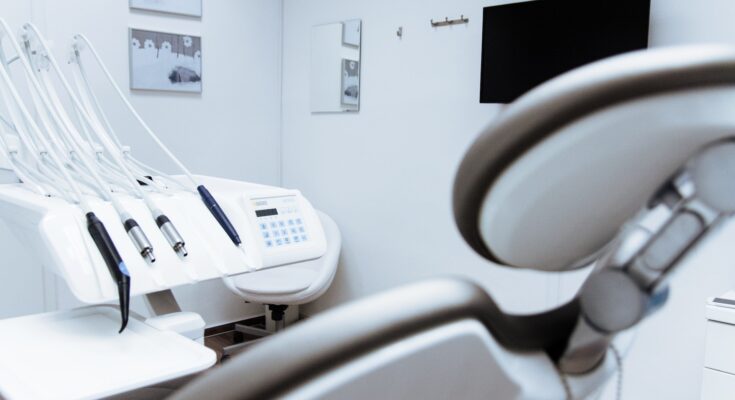In the field of dentistry, sterilisation of dental tools is a critical component for maintaining patient safety and limiting the spread of infectious illnesses. The usage of dental autoclaves has established as a gold standard among sterilisation technologies due to its efficacy and dependability in removing hazardous bacteria, which further emphasizes the importance of getting a good dental autoclave provider such as Dentalex.
Understanding the autoclave sterilisation process is critical for keeping a safe and sanitary dental workplace. Let’s look into the complexities of this vital sterilisation procedure.
What Role Does Sterilization Play In Dental Hygiene?
In order to avoid the transmission of infectious illnesses in the dental context, sterilisation is an essential practise. Dental tools, which are frequently exposed to blood, saliva, and other physiological fluids, can serve as reservoirs for a variety of diseases. Sterilisation not only promotes patient safety but also protects dental personnel from potentially hazardous germs.
In dentistry, proper sterilisation practises safeguard both patients and dental personnel. They keep germs from developing on dental devices and surfaces throughout the procedure. They also prevent diseases from spreading from one person to the next.
The term “clean” has a very different meaning for the dentist than it does for the general population. Being clean in a dental practice involves decreasing the quantity of bacteria in order to avoid transmission from the environment or dental employees. The next stage is sterile, which indicates that ALL germs have been removed.
How Does Dental Autoclaves Contribute To Dental Hygiene?
Dental autoclaves are specialised equipment that use high-pressure steam to sterilise dental tools. They work on the premise that high-temperature steam successfully destroys a wide range of microorganisms, including bacteria, viruses, and spores. The autoclave’s high-pressure atmosphere guarantees that steam penetrates even the most complex areas of the instruments, rendering them totally sanitised and suitable for reuse.
The Sterilization Process Using Dental Autoclaves
Step 1: Pre-Cleaning and Disinfection
All dental tools must be thoroughly cleaned before sterilisation. This stage involves removing any apparent dirt or organic material from the instruments, so that the sterilisation procedure can properly target all surfaces of the equipment.
Step 2: Loading The Instruments Properly
Proper instrument placement inside the autoclave is critical for optimum steam penetration. Instruments should be positioned such that steam may reach all surfaces, ensuring complete sterilisation.
Step 3: Start The Sterilization Cycle
The autoclave begins a sterilisation cycle after the instruments are loaded. Internal temperature and pressure often climb to 121 to 134 degrees Celsius and 15 to 30 psi, respectively. Even the most resistant germs are efficiently destroyed in this atmosphere, guaranteeing that the devices are totally sterilised.
Step 4: Post Sterilization Process
Following the sterilisation cycle, the autoclave starts a cooling phase, lowering the internal temperature. The dried tools are then ready for use in following dental treatments.
After the drying process is done, the tools are securely sealed to prevent contamination after the devices have been cleaned. Just open the container and remove the tools as you prepare for the exam or treatment. It is within best practice to never attempt to repackage a package if opened, but do not use the utility. Instead, return the item to the autoclave to be cleaned again. While this procedure may appear to be unnecessary, you should never jeopardise your patients’ safety or health!


